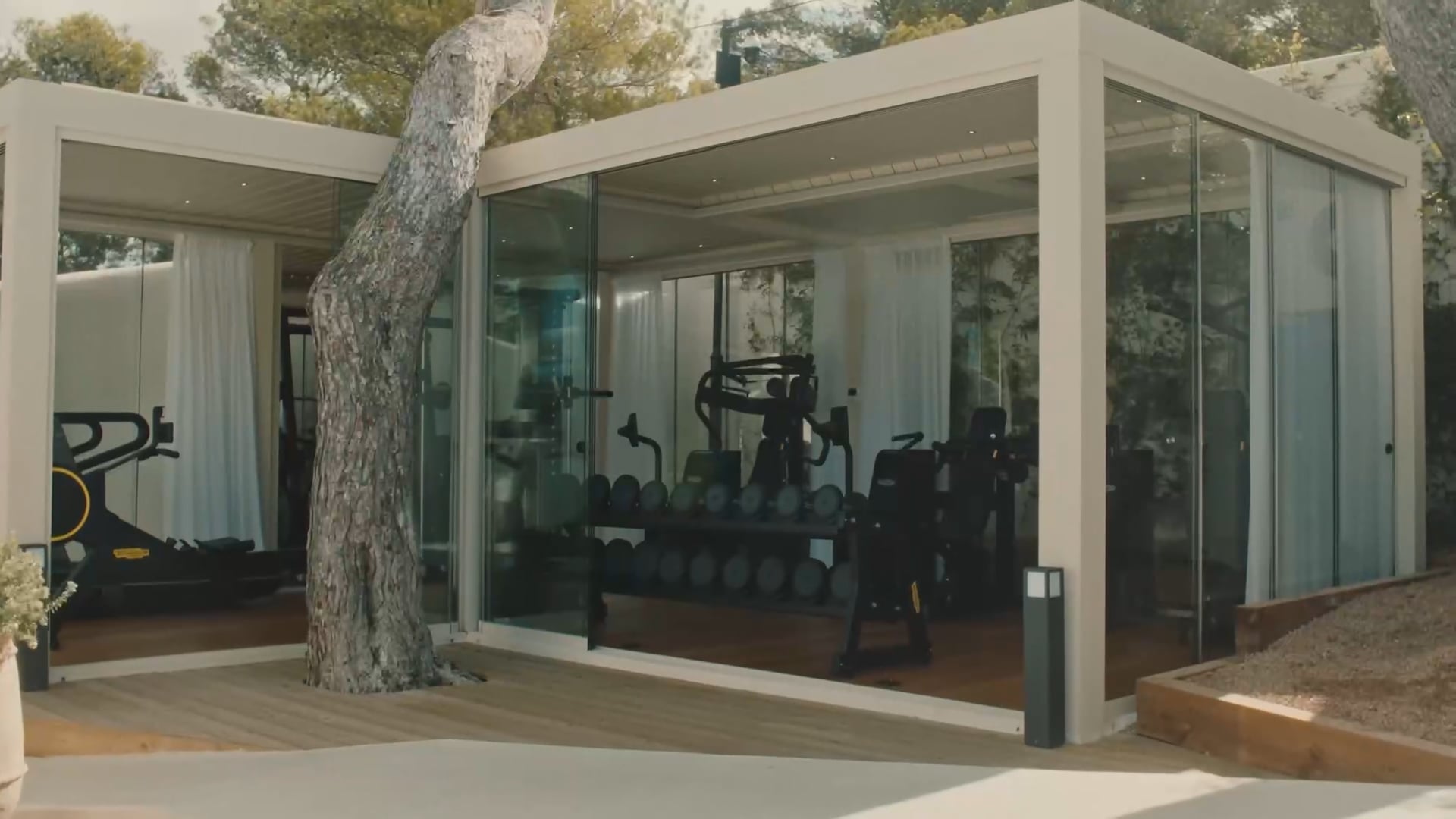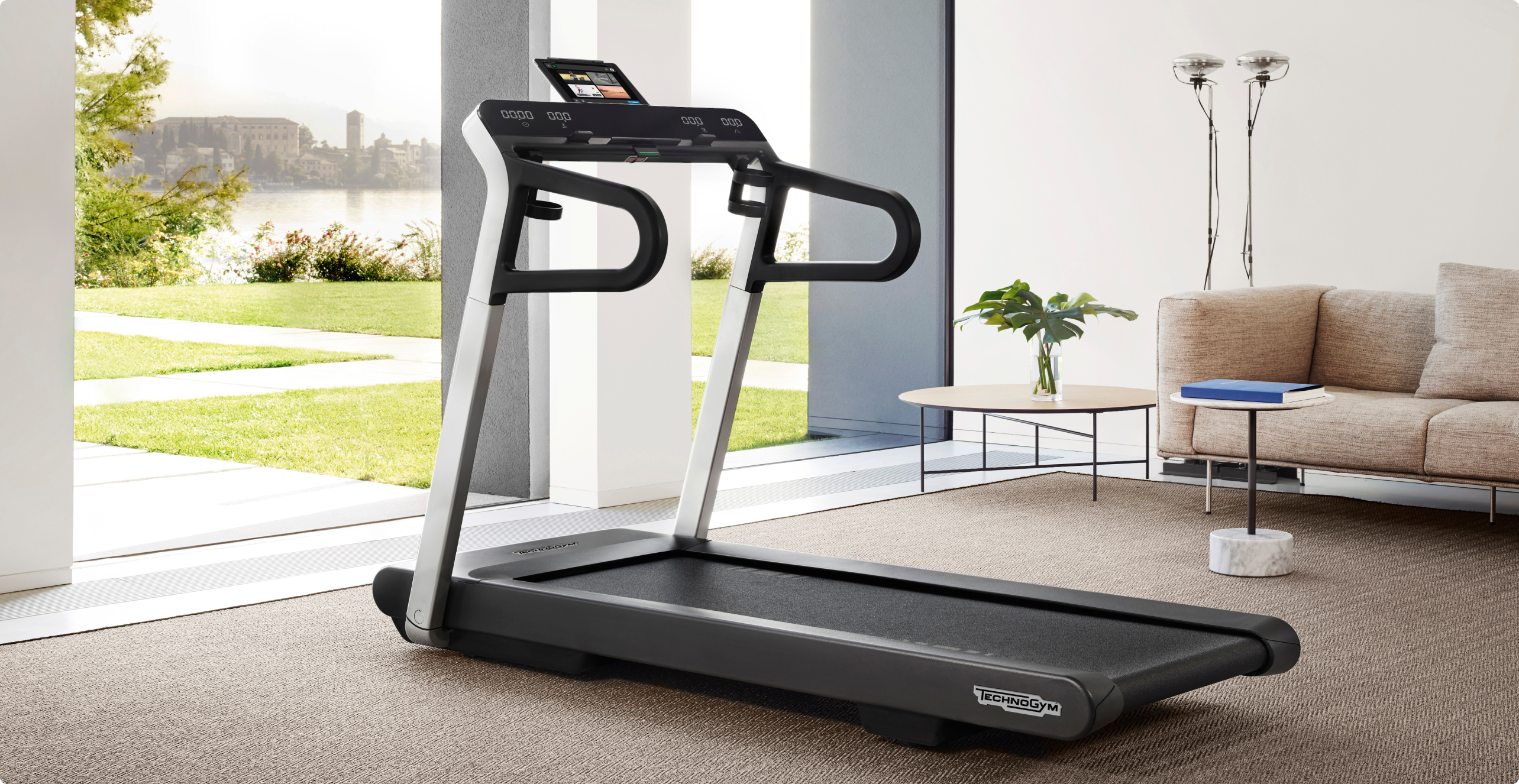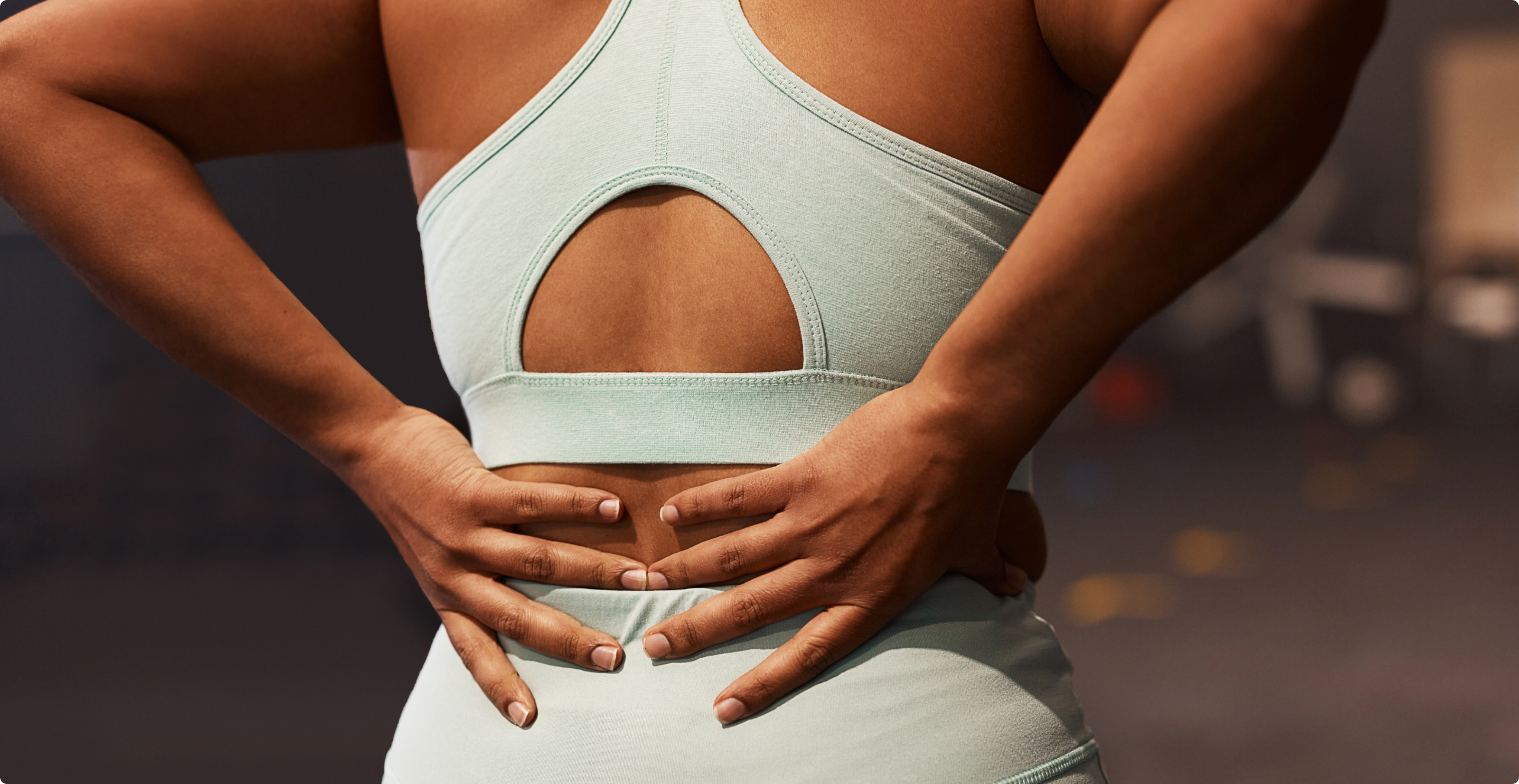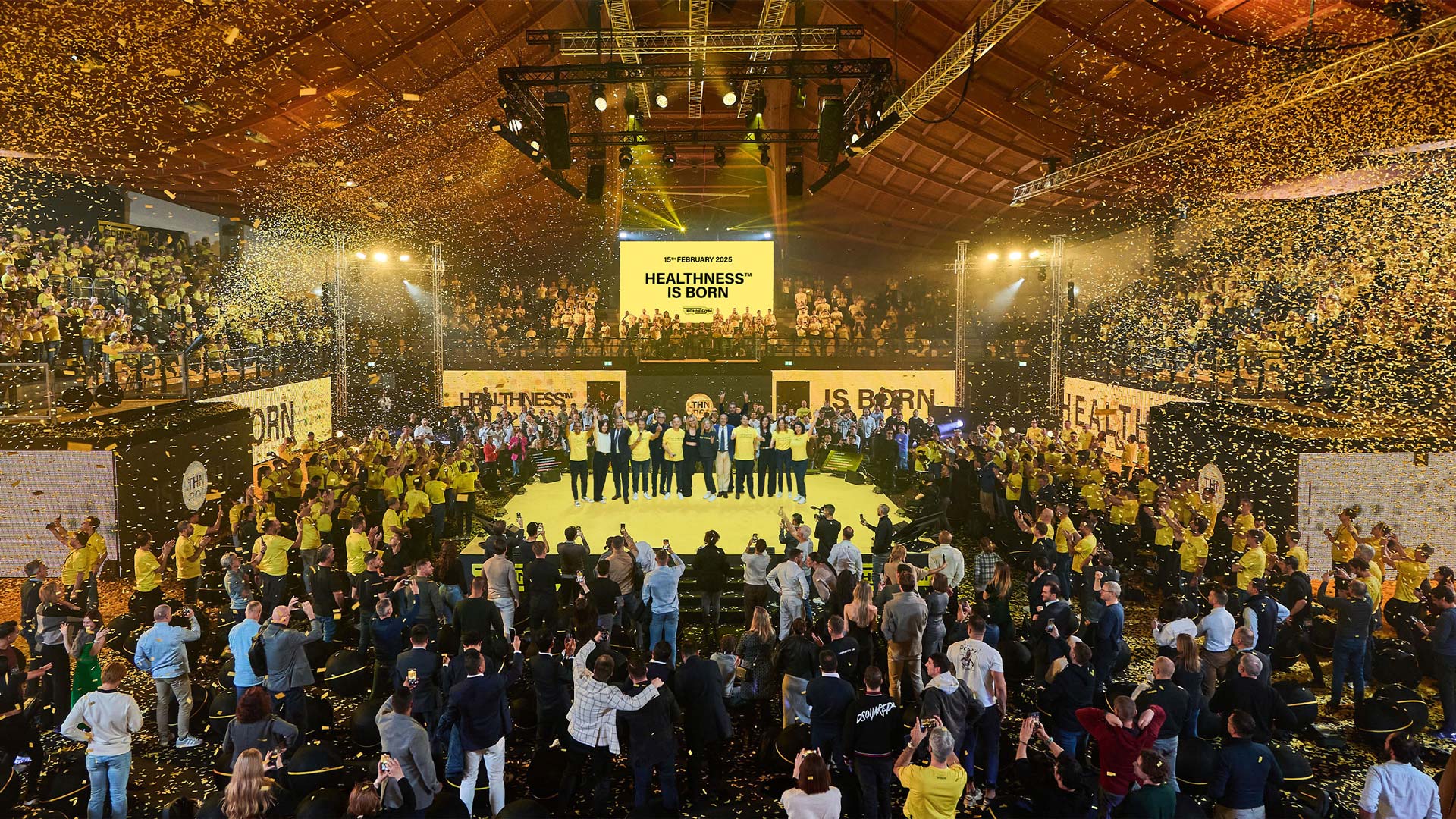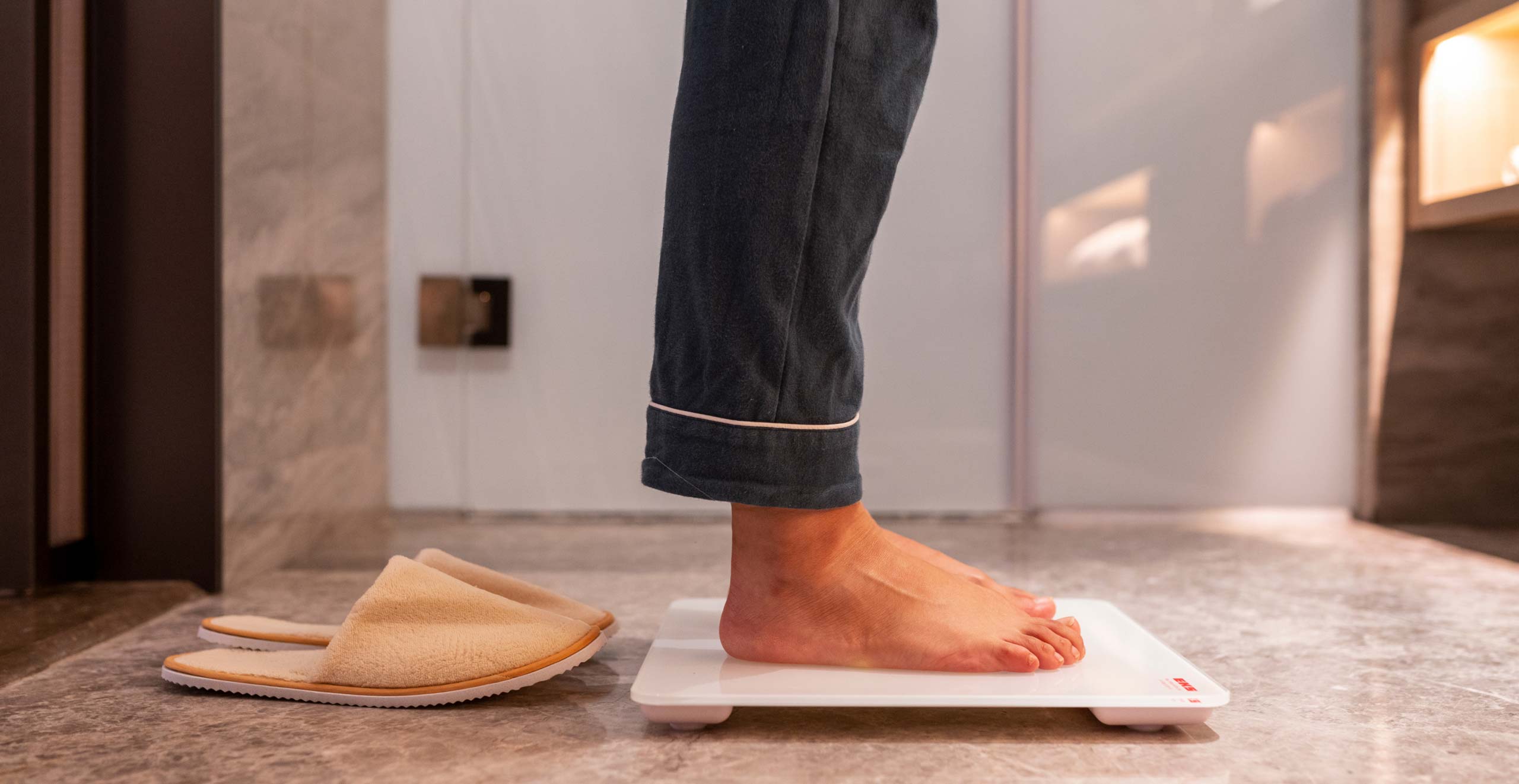24 июля 2025 г.
Fitness
Nutrition
Sports
Beach sports: the ideal nutrition for improving performance
Find out how diet and hydration can make the difference to your performance when it comes to beach sports, a combination of fun, sun and competition.
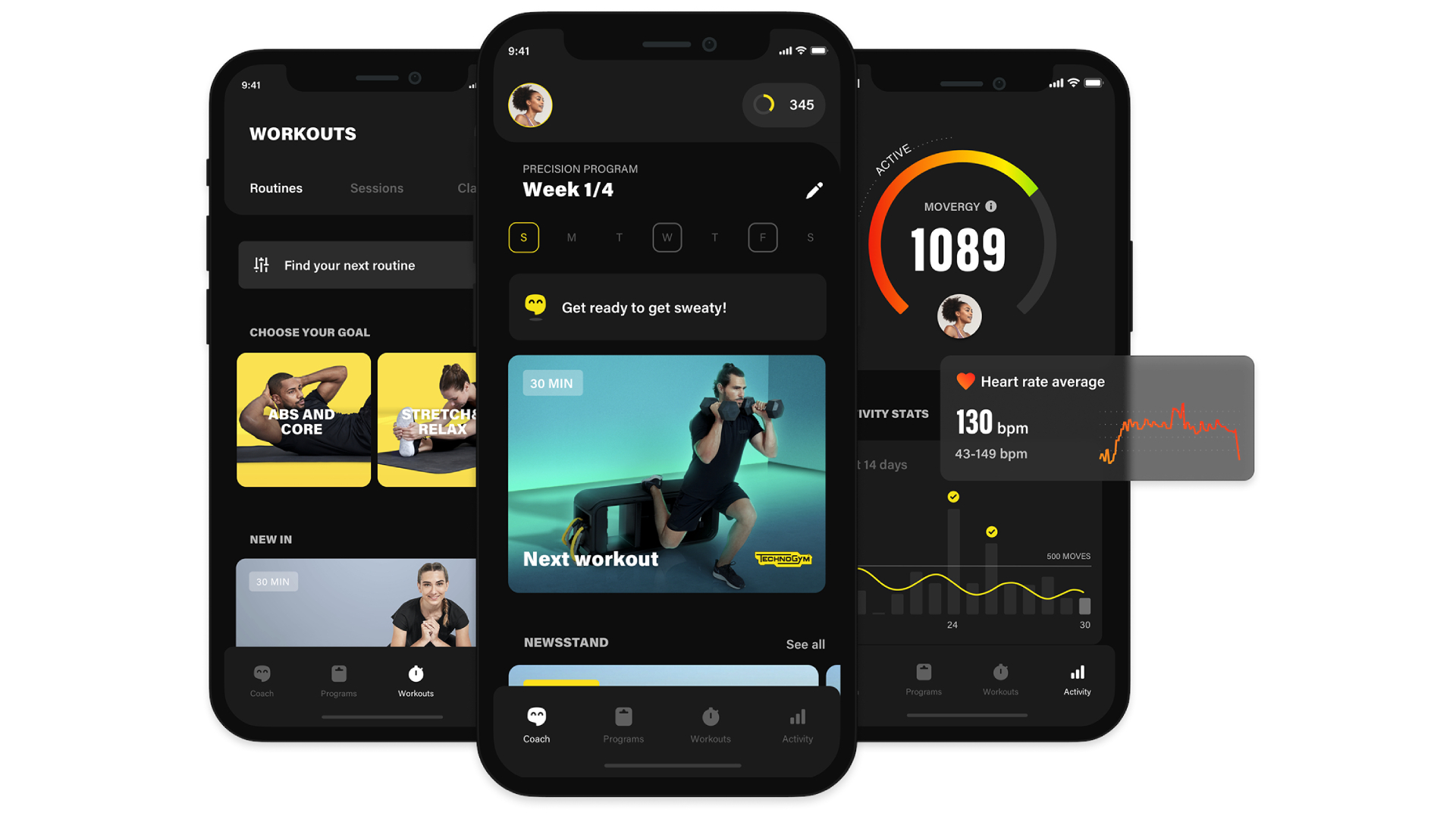
Beach sports have long been popular during the summer months, helping you keep fit and have fun at the same time. Beach volleyball, beach tennis, beach soccer and other beach sports tournaments can be played as individual matches, offering the opportunity to spend an active day by the sea, or structured in a more competitive way with proper tournaments. From a nutritional perspective, various factors can contribute to successful play, first and foremost adequate hydration and rehydration. But there are two other elements that can often make life difficult for players.
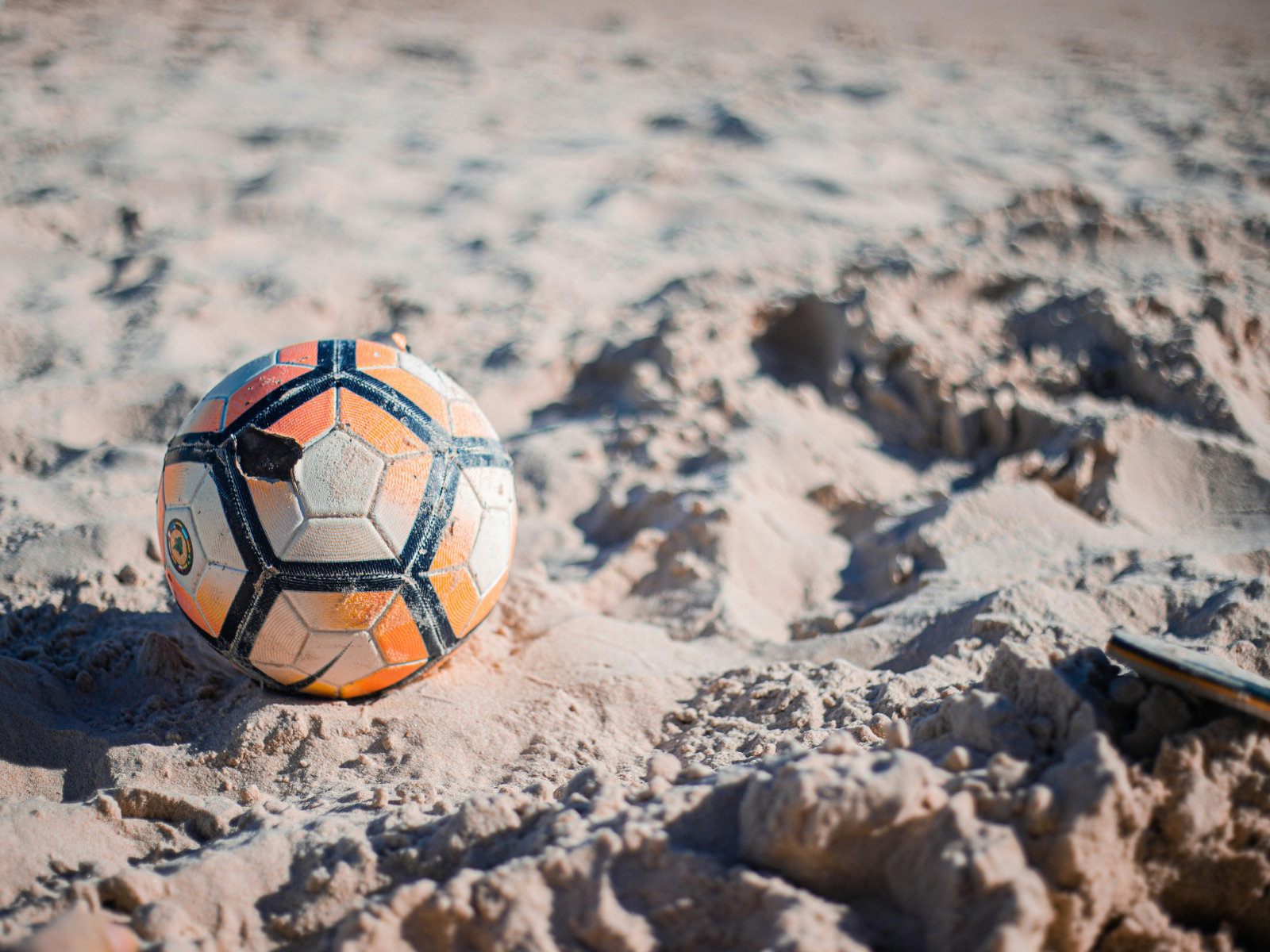
1. Track your outdoor sports activities with Technogym App
Technogym App lets you track your outdoor sports activities such as beach tennis and beach volleyball on mobile devices using Technogym App, at home through your PC or Technogym equipment, on holiday or wherever you train, for a truly custom-designed experience.
Technogym App integrates indoor training with your daily activities and outdoor training, such as running or cycling, through the GPS function and smartphone accelerometer. The platform can also be integrated with the most popular wearable devices and tracking applications such as Apple Health, Runkeeper and Strava.
Technogym App integrates indoor training with your daily activities and outdoor training, such as running or cycling, through the GPS function and smartphone accelerometer. The platform can also be integrated with the most popular wearable devices and tracking applications such as Apple Health, Runkeeper and Strava.
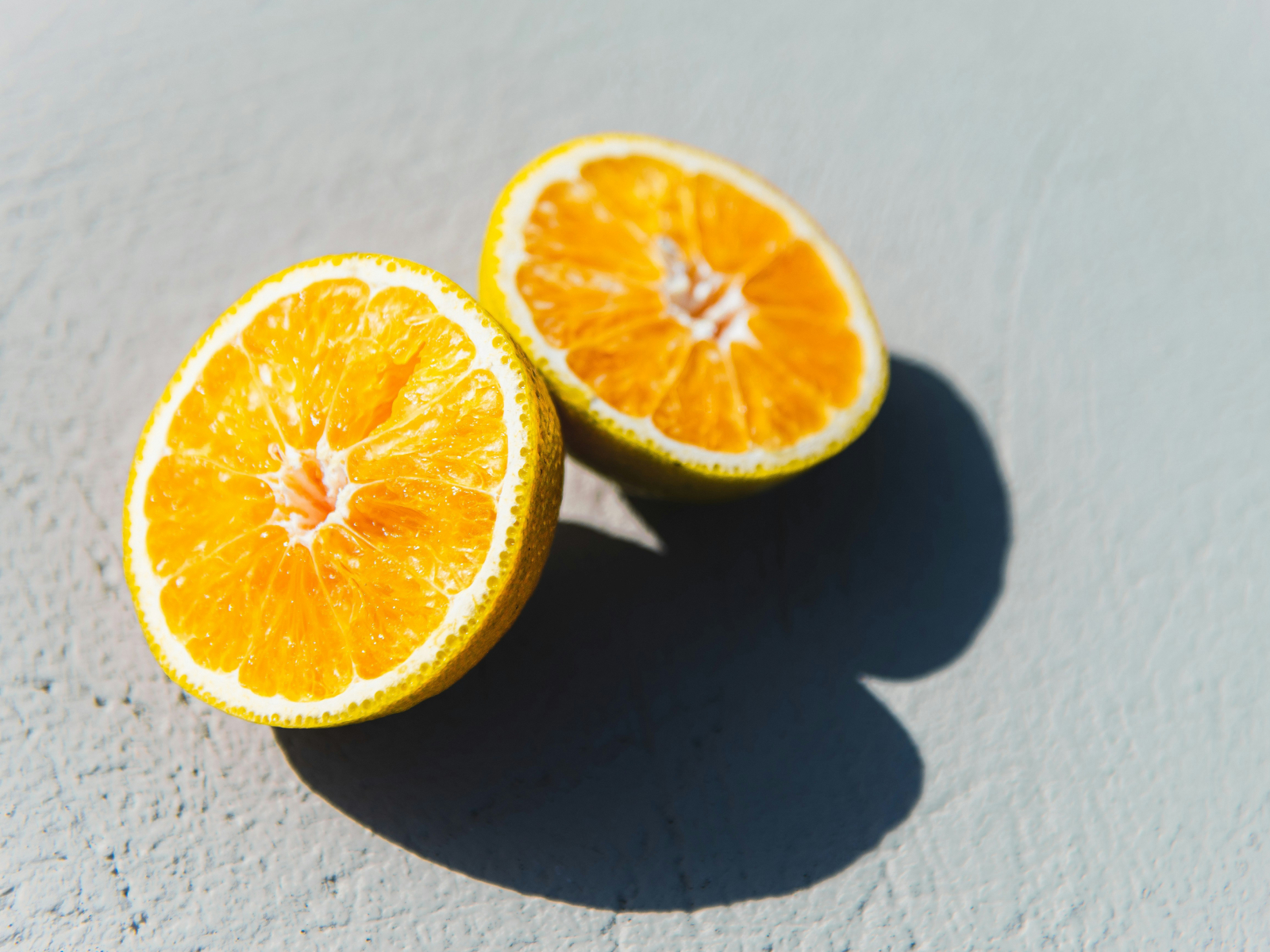
2. Muscle cramps
Beach volleyball players often suffer from frequent episodes of muscle cramps, involuntary and painful contractions of a muscle or part of a muscle. Cramps come on suddenly and are only sometimes preceded by sensations that can trigger fear of their onset. Cramps tend to stop spontaneously within a few seconds or minutes after ending the activity that brought them on, or more quickly if the cramping muscle is passively stretched. Cramps can be linked to different types of disorders, but those that come on during physical activity or within a few hours after it has finished are known as EAMC, or Exercise-Associated Muscle Cramps.
These cramps are more likely to manifest in sporting disciplines that last for at least a few dozen minutes, so also in team sports, including beach volleyball, beach tennis and beach soccer. In these disciplines they tend to affect calf muscles, as well as the muscles of the feet, hip flexors and quadriceps.
These cramps are more likely to manifest in sporting disciplines that last for at least a few dozen minutes, so also in team sports, including beach volleyball, beach tennis and beach soccer. In these disciplines they tend to affect calf muscles, as well as the muscles of the feet, hip flexors and quadriceps.
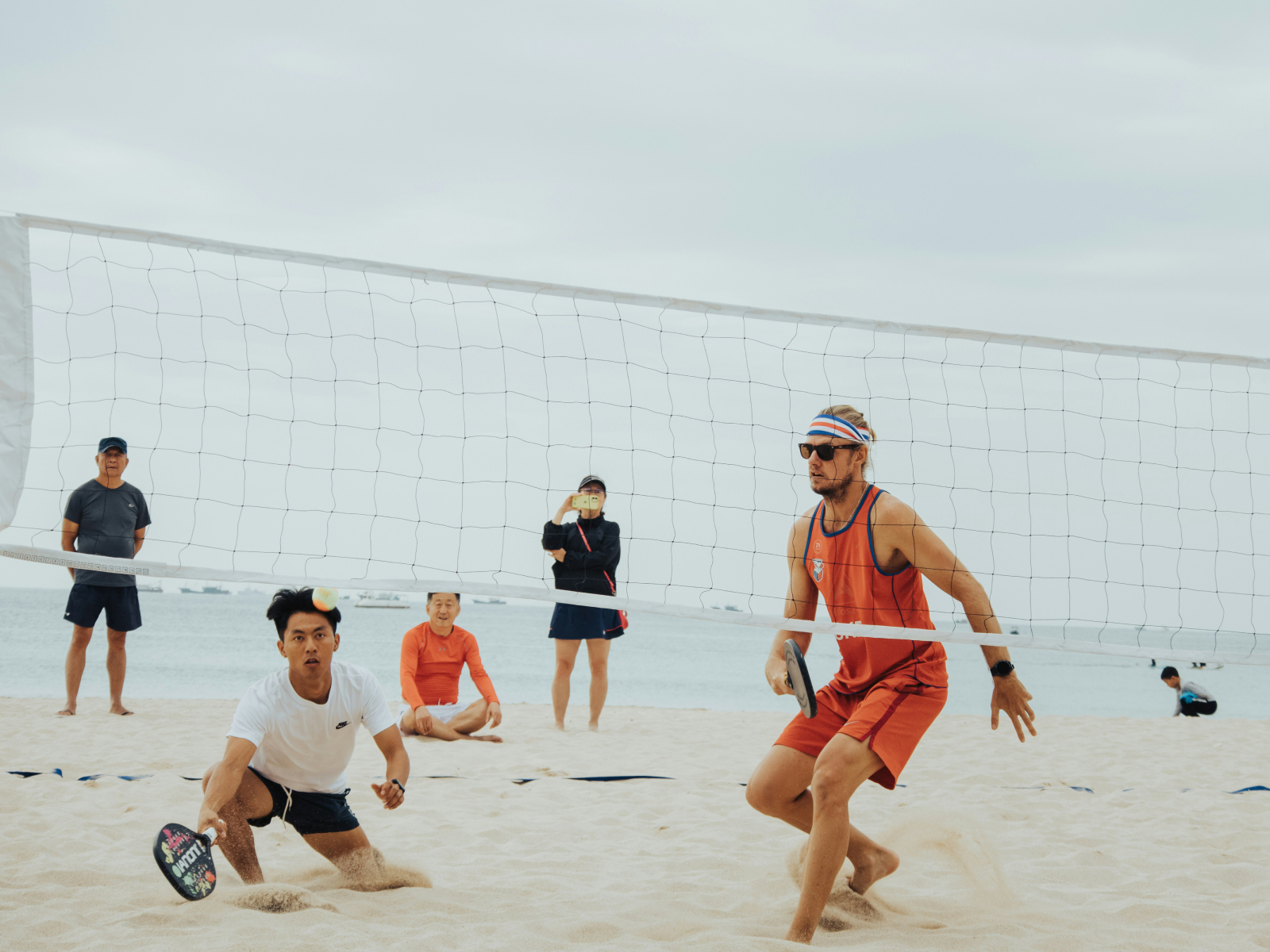
Causes of cramps
Cramps come on at a specific point during effort, as a consequence of a tiring activity that negatively affects the proper functioning of the peripheral receptors and causes altered neuromuscular control. Despite this, there are still many unanswered questions with regard to the deep-seated cause of cramps; scholars agree on the fact that they originate in the nervous system, but there is much debate, especially about the location of the origin of the muscle contraction, in other words whether it occurs on a central (in the brain) or peripheral (muscular) level. Whatever the case, during the course of competition cramps are thought to more frequently affect those who have already suffered in the past and are less fit.
Sweat theory
Some scholars believe that there is no link between cramping, profuse sweating and the consequences of the sweating itself, in other words dehydration or the lack or imbalance of certain electrolytes. In reality, cramps are noted more frequently when matches are played in weather conditions that promote the production of high volumes of sweat, or in players who have previously trained in cooler climates than the one in which the match is being played.
According to Luca Gatteschi, Italy’s men’s football team doctor, cramping is more likely in footballers who produce sweat that is particularly rich in minerals, which, as Prof. Enrico Arcelli suggests, is indicated by a pronounced white ring on the athlete’s shirt, under the armpits.
Cramps come on at a specific point during effort, as a consequence of a tiring activity that negatively affects the proper functioning of the peripheral receptors and causes altered neuromuscular control. Despite this, there are still many unanswered questions with regard to the deep-seated cause of cramps; scholars agree on the fact that they originate in the nervous system, but there is much debate, especially about the location of the origin of the muscle contraction, in other words whether it occurs on a central (in the brain) or peripheral (muscular) level. Whatever the case, during the course of competition cramps are thought to more frequently affect those who have already suffered in the past and are less fit.
Sweat theory
Some scholars believe that there is no link between cramping, profuse sweating and the consequences of the sweating itself, in other words dehydration or the lack or imbalance of certain electrolytes. In reality, cramps are noted more frequently when matches are played in weather conditions that promote the production of high volumes of sweat, or in players who have previously trained in cooler climates than the one in which the match is being played.
According to Luca Gatteschi, Italy’s men’s football team doctor, cramping is more likely in footballers who produce sweat that is particularly rich in minerals, which, as Prof. Enrico Arcelli suggests, is indicated by a pronounced white ring on the athlete’s shirt, under the armpits.
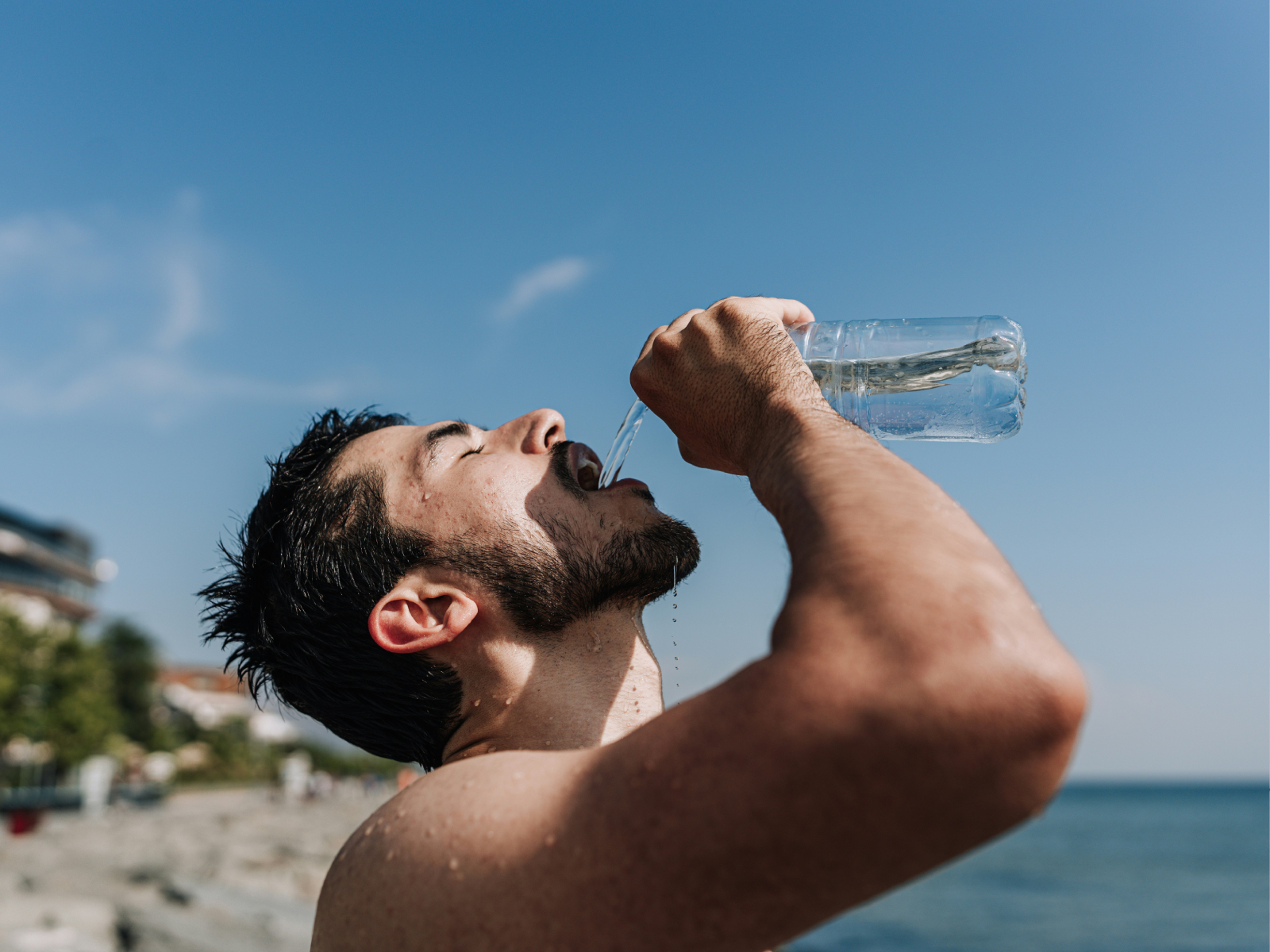
3. Two strategies for preventing cramps
Beach volleyball, beach tennis and beach soccer matches are inevitably played in hot conditions and high solar radiation. If you plan to play a match in conditions conducive to abundant sweating and salt loss, it is worth following some suggestions:
1. Drink plenty in the 24 hours before the competition and, in particular, take on around 500 ml of water about two hours before the match starts. We also recommend adding the minerals lost with sweat to the water (sodium, chlorine, potassium and magnesium). Although it is not possible for the body to store water or minerals, you will still be sure of getting to the start of the match without lacking either of these. In the last 12–24 hours, it is also worth abstaining from drinking alcoholic drinks, which tend to bring about the loss of water and minerals.
2. Important factors in the prevention of cramps include regular training and stretching, in particular at the beginning and end of every training session, especially for the muscles most subject to the onset of cramps.
1. Drink plenty in the 24 hours before the competition and, in particular, take on around 500 ml of water about two hours before the match starts. We also recommend adding the minerals lost with sweat to the water (sodium, chlorine, potassium and magnesium). Although it is not possible for the body to store water or minerals, you will still be sure of getting to the start of the match without lacking either of these. In the last 12–24 hours, it is also worth abstaining from drinking alcoholic drinks, which tend to bring about the loss of water and minerals.
2. Important factors in the prevention of cramps include regular training and stretching, in particular at the beginning and end of every training session, especially for the muscles most subject to the onset of cramps.
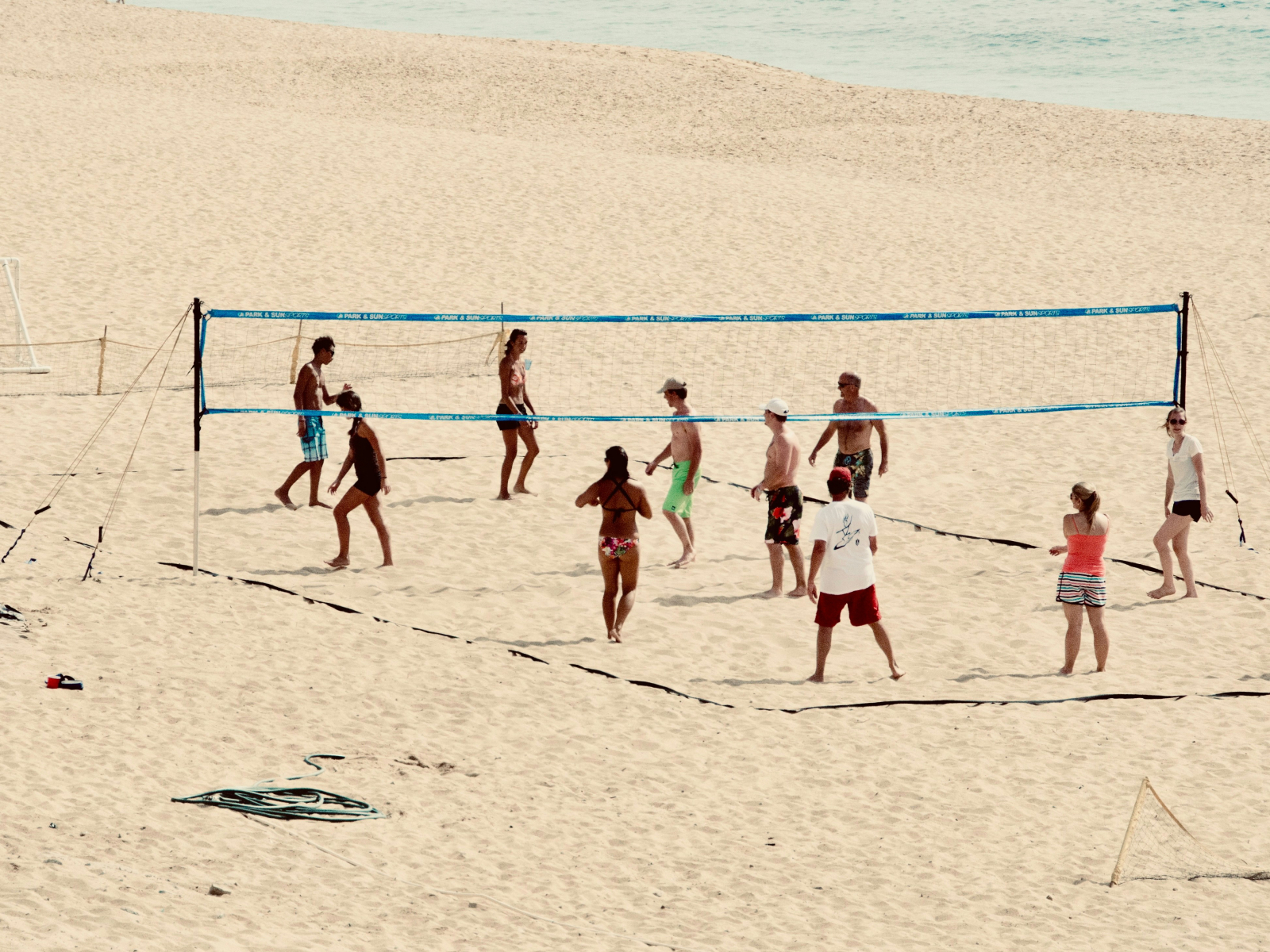
4. Evening matches: strategies to promote sleep and the ideal meal
When a match is played in the evening, adrenergic hormones activated by the game can provide a feeling of euphoria, remaining active even when tiredness overtakes us, making it hard for us to relax and fall sleep. How can we reduce sleep latency time and improve the quality of our sleep? Unplugging is the first step to promoting quality sleep; from one (or better two) hour(s) before going to bed, switch off your phone, tablet and bright screens such as PCs and televisions. The most common habit that makes it hard to get to sleep is using your smartphone to distract your mind. That’s not all...
When it comes to nutrition, you could help contribute to the quality of your sleep by:
When it comes to nutrition, you could help contribute to the quality of your sleep by:
- Taking magnesium: this mineral seems to promote quality sleep thanks to its ability to relax the muscles and regulate neurotransmitters that send positive signals to the central nervous system, also regulating the synthesis of melatonin, the sleep-wake hormone; some studies suggest taking around 200 mg of magnesium to exploit this benefit.
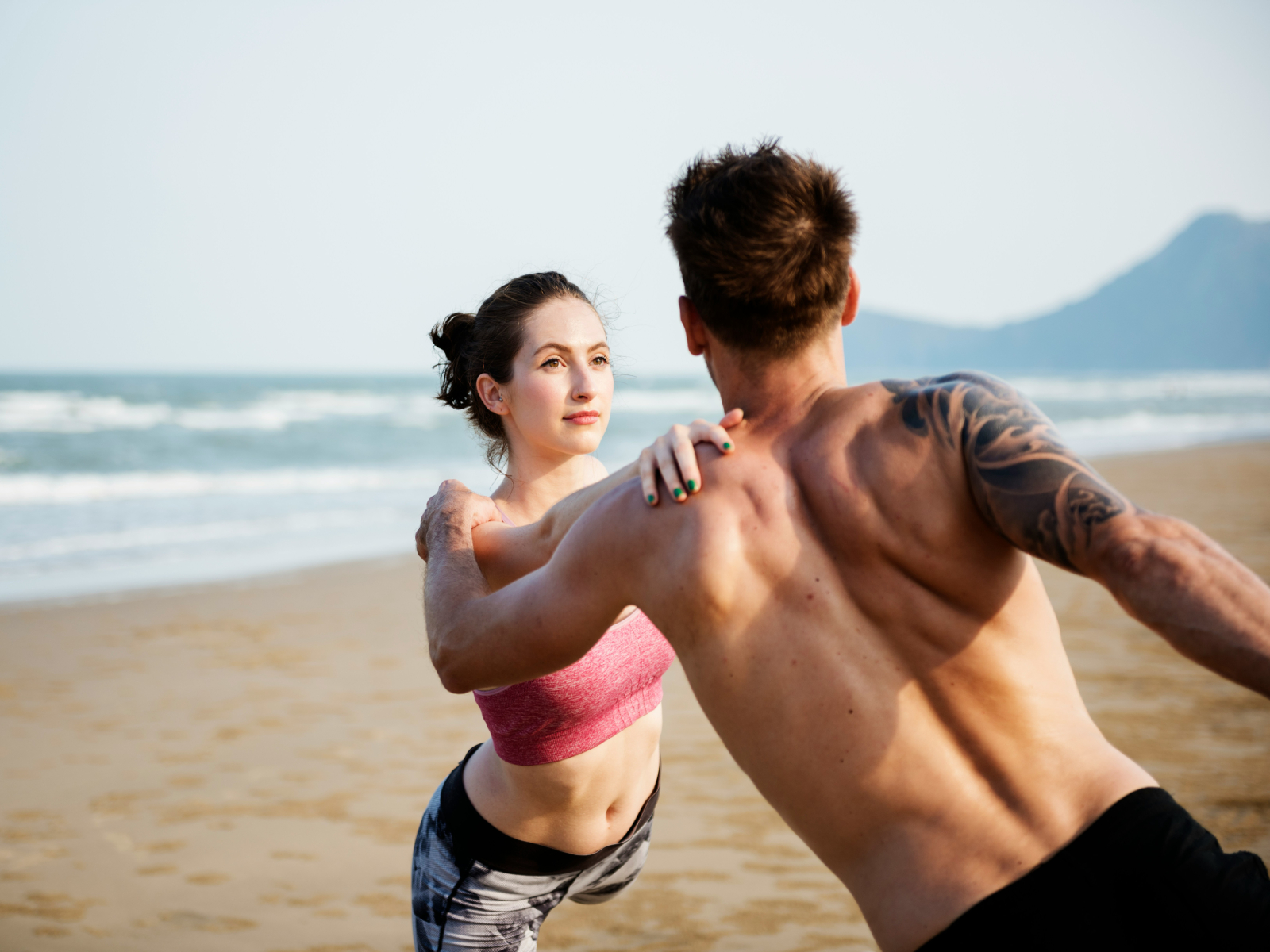
- Paying attention to caffeine and food and drinks that contain it. This stimulating substance has the ability to halve in the blood for four to six hours; recommendations suggest drinking your last coffee of the day after lunch. And drink no more than two to three coffees per day. Also, pay attention to the use of chocolate and cocoa, which are rich in theobromine (a substance similar to caffeine). Keep an eye on black tea, cappuccino, cola and dietary supplements containing caffeine;
- Vitamin C: if you're taking this vitamin as a supplement, try to take it at breakfast or during lunch. It has an energising effect on cells, providing a real burst of energy, and is best avoided in the evening.
A. Include a portion of carbohydrates in your dinner; a lack may lead to sleep disturbances, early waking and increased stress.
B. Some sources of protein seem to stimulate better sleep quality because they are rich in tryptophan, an amino acid used by the body to produce serotonin and melatonin. This applies to chicken, egg white, cod and fish in general, as well as soy.
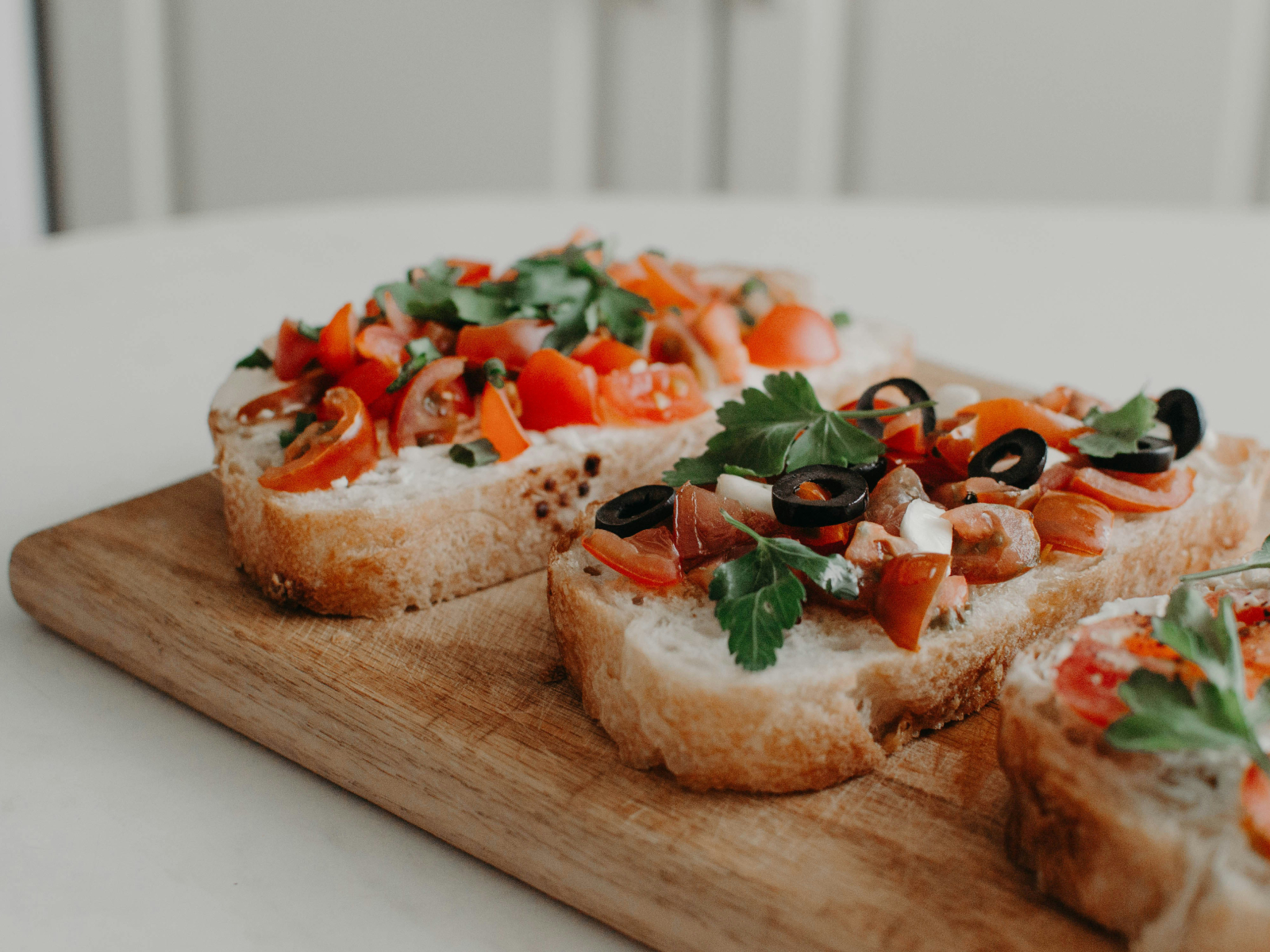
C. Your choice of fats and their amount can have an impact on night-time rest: avoid fatty evening meals, especially those containing saturated fats that reduce total sleep time. Instead, extra virgin olive oil rich in polyunsaturated fatty acids is excellent and beneficial to your health; use it to season dishes.
D. If you don’t have the option to eat, substitute your meal with protein powder diluted in cow’s milk, soy milk or oat milk. The substances in it will be valuable when it comes to promoting sleep and increasing the efficiency of the nocturnal muscle recovery phase. Even more important if you have more matches the next day.
D. If you don’t have the option to eat, substitute your meal with protein powder diluted in cow’s milk, soy milk or oat milk. The substances in it will be valuable when it comes to promoting sleep and increasing the efficiency of the nocturnal muscle recovery phase. Even more important if you have more matches the next day.
Больше из наших историй
СКАЧАТЬ TECHNOGYM APP
Присоединяйтесь к сообществу Technogym и получайте эксклюзивный доступ к индивидуальным планам тренировок, экспертным инструкциям и более 1000 занятий по запросу. Отслеживайте свой прогресс, общайтесь с друзьями и сохраняйте мотивацию благодаря обратной связи в режиме реального времени и cоревнованиям.
Продукция и услуги на территории Российской Федерации поставляются дочерней компанией Technogym, АО «ТЕХНОДЖИМ» г. Москва, ул. Верейская, 29с134, офис В211. | Идентификационный код: 7731585654

